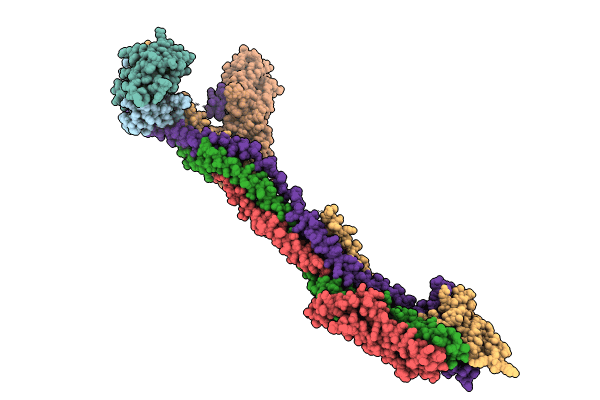
Deposition Date
2023-08-09
Release Date
2024-02-14
Last Version Date
2025-07-09
Method Details:
Experimental Method:
Resolution:
4.50 Å
Aggregation State:
PARTICLE
Reconstruction Method:
SINGLE PARTICLE


